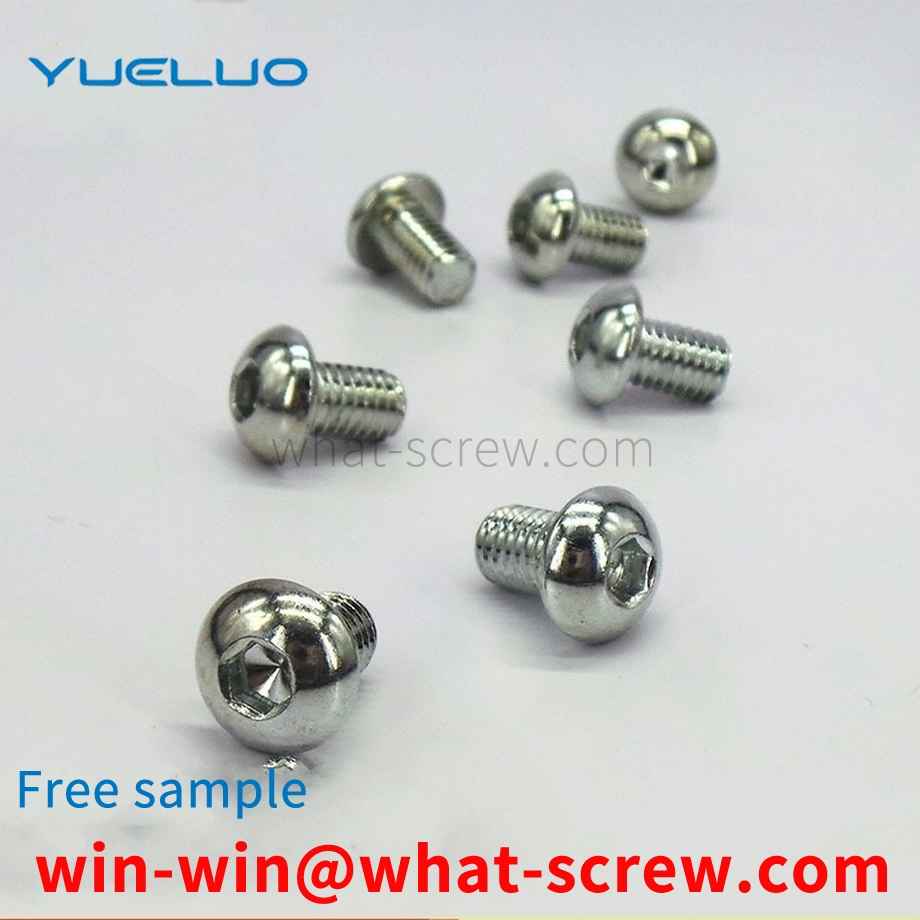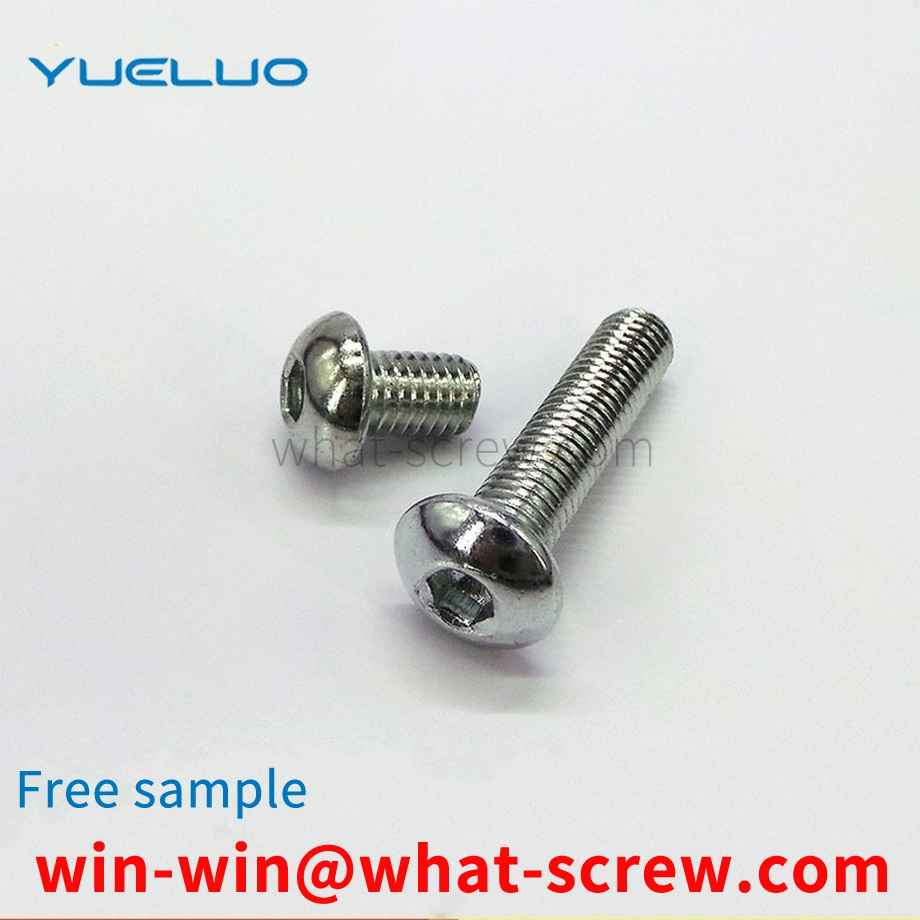From the perspective of use: The bolted connection of the main components of the building structure is generally connected by high-strength bolts. Ordinary bolts can be reused, but high-strength bolts cannot be reused. High-strength bolts are generally used for permanent connections. The high-strength bolts are prestressed bolts. The friction type uses a torque wrench to apply the specified prestress, and the pressure type screw off the torx head. Ordinary bolts have poor shear performance and can be used in secondary structural parts. Ordinary bolts just need to be tightened. Ordinary bolts are generally 4.4, 4.8, 5.6 and 8.8. High-strength bolts are generally 8.8 and 10.9, of which 10.9 is mostly. Level 8.8 is the same level as 8.8S. The mechanical properties and calculation methods of ordinary bolts and high-strength bolts are different. The stress of high-strength bolts is firstly by applying a pre-tension force P inside, and then generating frictional resistance on the contact surface between the connected parts to bear the external load, while ordinary bolts directly bear the external load.
Bolt material: 18Cr2Ni4W, 25Cr2MoV steel; bolt specification: M27~M48. Because this kind of steel is easy to form a passivation film on the surface, and this passivation film will make the bolt unable to obtain a good adhesion chemical nickel phosphorus layer, so special pretreatment measures must be taken to remove the film first, and measures should be taken To prevent its regeneration, it is possible to ensure a good bonding force between the plated coating and the substrate. At the same time, due to the large geometric size of the bolt, it increases the difficulty of nickel-phosphorus plating treatment and quality inspection of the process.
Lock nut is a kind of nut widely used in machinery and other industries. Its working principle is self-locking by the friction between the nut and the bolt. However, the reliability of this self-locking is reduced under dynamic loads. In some important occasions, we will take some anti-loosening measures to ensure the reliability of the nut locking.
Hexagon nuts are usually used in conjunction with bolts and screws to connect and fasten parts. In daily life, ordinary hexagon nuts are sometimes welded to metal plates for use. In the process of welding hexagon nuts to metal plates In order to ensure that the center line of the inner thread of the hexagonal nut is perpendicular to the metal plate, it is necessary to press the end face of the hexagonal nut on the metal plate before welding. Part of the melt is melted. Since the weld is close to the inner thread of the hexagonal nut, the inner thread is often deformed, which affects the fit of the hexagonal nut and the bolt.
In the fastening connection parts and parts assembly of various equipment and tooling, if the screw and nut anti-loosening treatment is required, there is a contradiction between anti-loosening and tightening or tightening and loosening. For example, the resistance is large when tightening. , or the resistance is large when loosening, or the anti-loosening effect is not good, or the service life is short, and it will be scrapped after 2 to 3 times of use. In a word, all kinds of anti-loosening nuts have the above problems at present. Therefore, it is necessary to utilise a new type of anti-loosening nut with low resistance when tightening or loosening, but with better anti-loosening effect and long service life.
We have many years of experience in the production and sales of screws, nuts, flat washers, etc. The main products are: dish-shaped wave saddle washers, 304 blind rivets, countersunk head torx bolts, matching flat spring washers and other products, we can help you Provide the right fastener solution for you.



















 Service Hotline
Service Hotline




